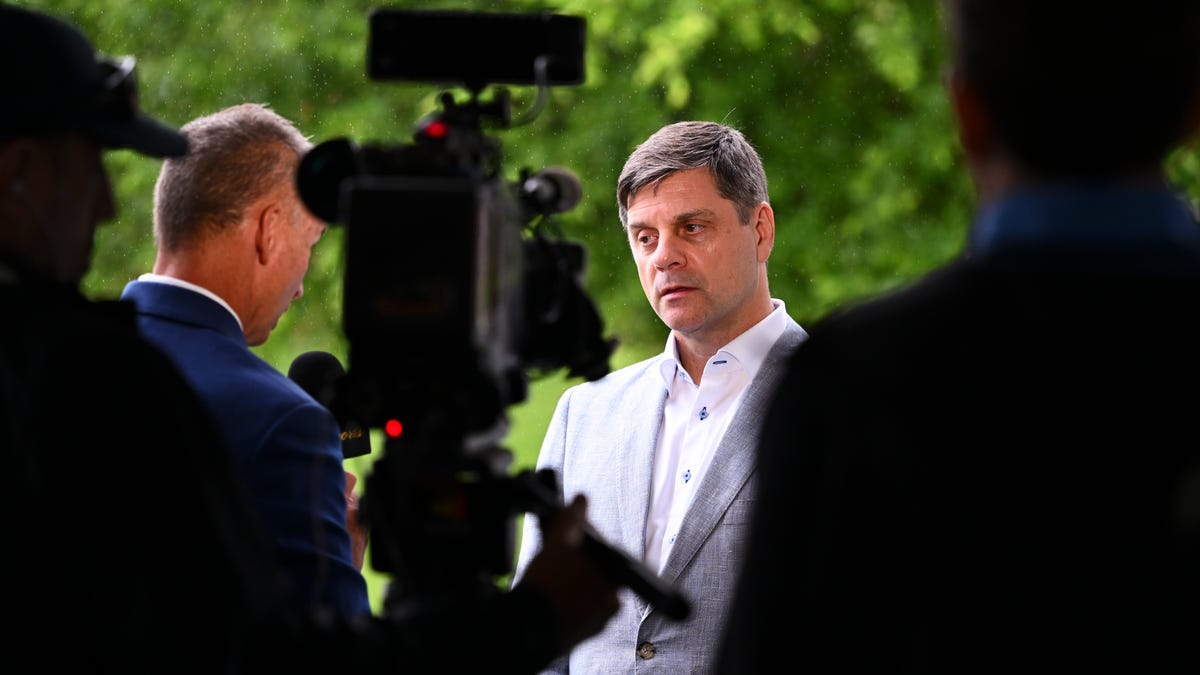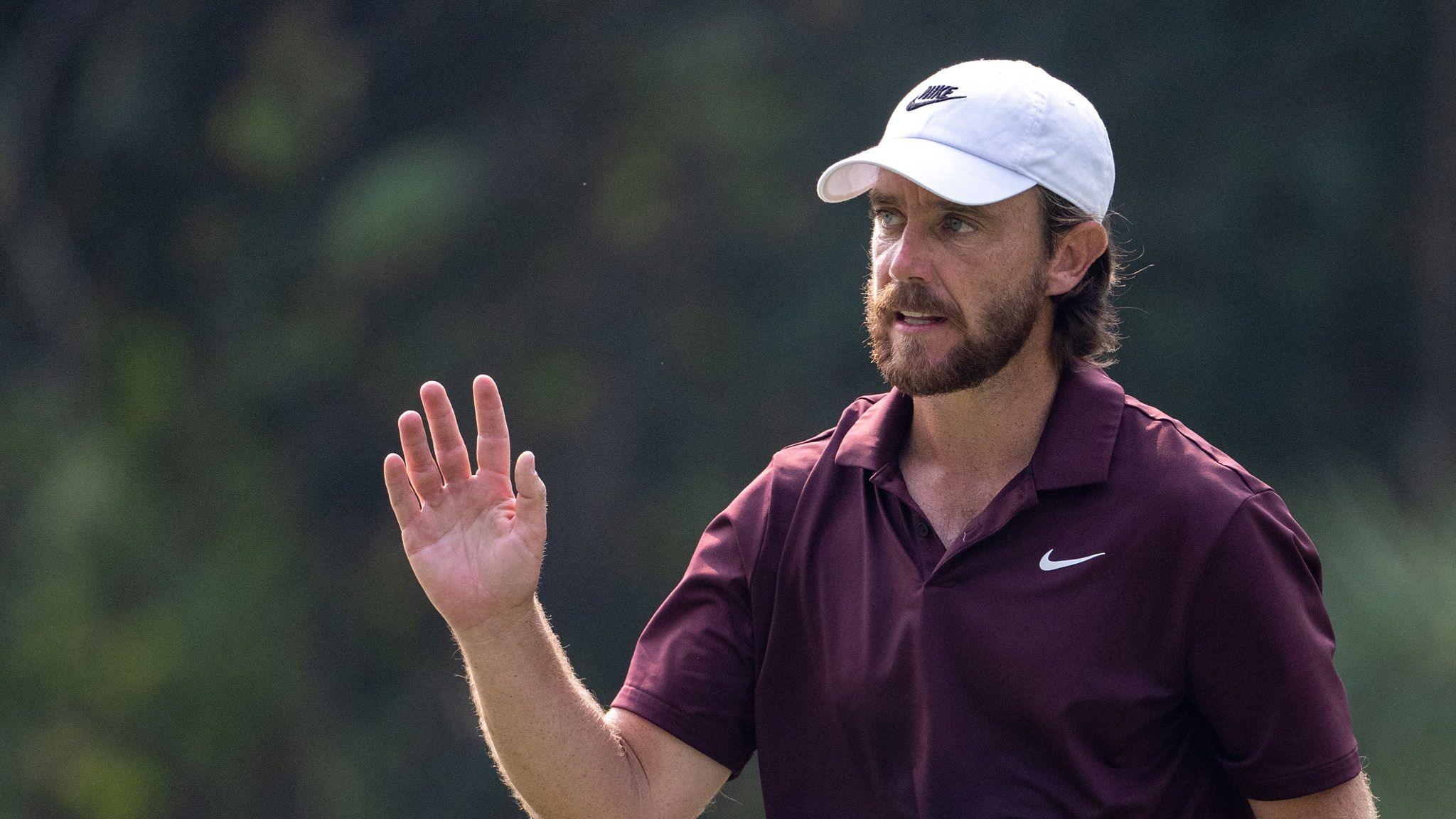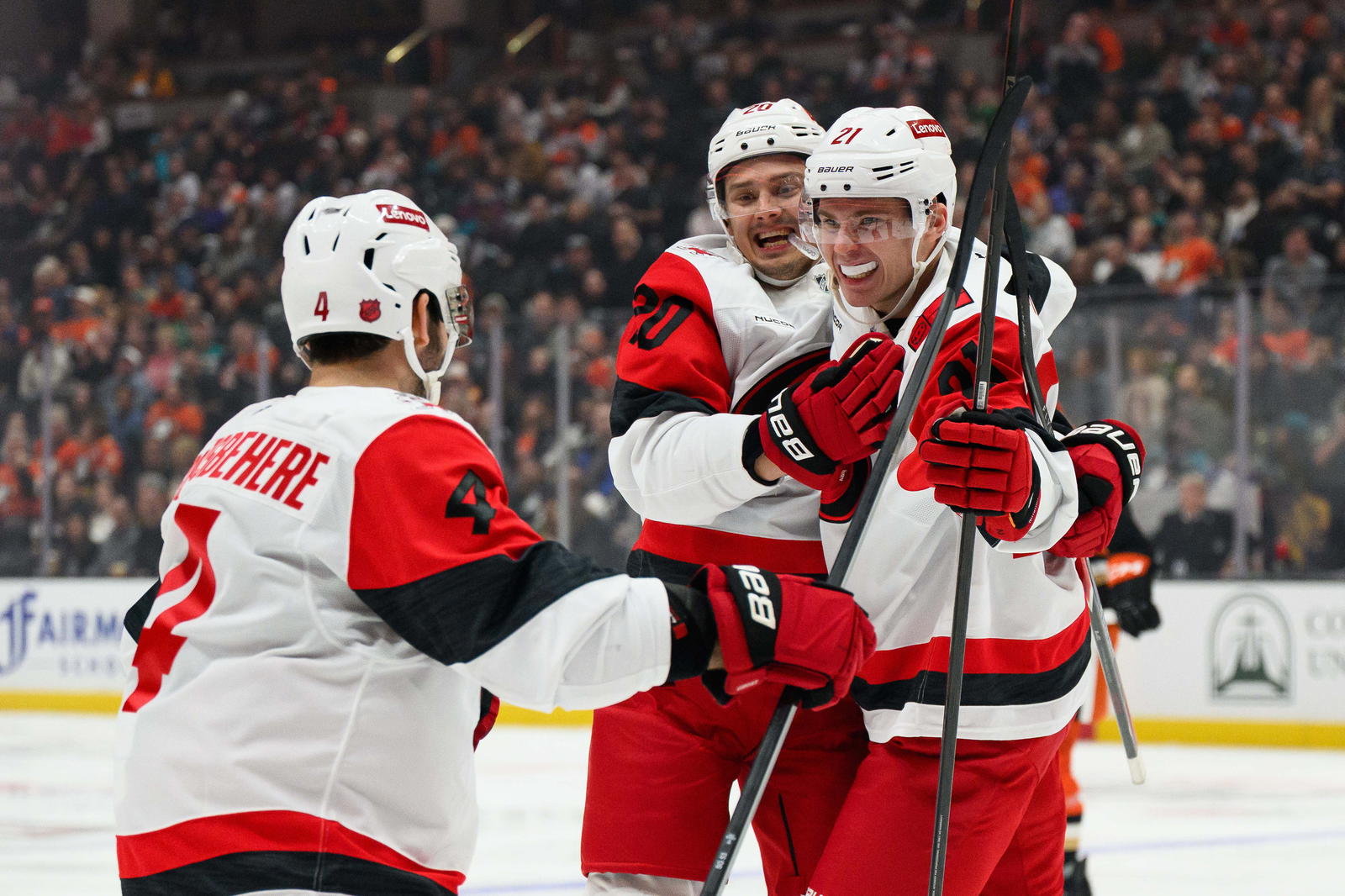The executive changes unveiled Friday by PGA Tour CEO Brian Rolapp will please both the DOGE devotees who drool over efficiencies at headquarters and the X-dwelling numpties who drool over their keyboards any time a well-compensated suit heads for the exit in Ponte Vedra, though the more astute among them will make sure to scrutinize tax filings in a year or so to ascertain the karat count on the parachutes.
The team Rolapp is assembling comes without baggage, in two respects. They’re not veterans of the golf ecosystem, which may be a positive since they won’t be hostage to the status quo, or a negative if they pay mere lip service to the traditions and inter-dependence among organizations that have defined the sport’s structure for generations. Nor do they bear any scar tissue (or loyalties) from deals and scuffles during the Monahan administration. And that’s what will have golf’s stakeholders scrambling for assurances that might not yet be available.
Rolapp was the preferred CEO choice of Strategic Sports Group, which invested $1.5 billion in the PGA Tour almost two years ago. It’s not difficult to decipher what the whiz kids of Greater Fenway want — a return on their money, even though not a dime has yet been spent. There are two ways to get it, of course. One is quick and disruptive, one slower and incremental. In the coming months, we’ll begin to learn how much of Rolapp’s vision is his own and how much is shaped by the Bostonians.
There are gradual changes the Tour can make that would cheer SSG and probably pass muster in the locker room, beyond the staff redundancies currently underway at the GloHo. For example, trimming the tournament schedule to reduce product dilution and facilitate top stars competing against each other more often, in hopes that a leaner line-up translates into greater media rights value and a lower cost base. Or thinning the ranks of the rank and file, since lay-offs need not be limited to white collar employees when there are plenty of collars sporting logos that are being well-paid for, well, not much.
But there’s one issue that will signal whether there’s daylight between Rolapp’s agenda and SSG’s bean-counting — subsidies. Not to the Champions Tour, which is often cited as the unworthy recipient of grudging largesse from head office. Miller Brady, the president of the silver circuit, has ably reduced that annual bung from tens of millions of dollars to a mere rounding error on John Henry’s credit card, and with even a lame Tiger Woods turning 50, it’s not worth nickel and diming. Rather, it’s the financial underpinning of the strategic alliance between the PGA Tour and the DP World Tour.
Under the terms of that alliance, Ponte Vedra is now spending a significant sum to guarantee purses on the DP World Tour. In 2027, the PGA Tour can force a deal renegotiation or exit. According to two sources, the price tag to remain and consolidate its equity stake could creep into nine figures, which is a predictable sore point for the SSG investors, whose ambitions don’t yet show evidence of extending beyond U.S. borders. And guys who are unconcerned with elevating the game globally (much less with sportswashing), or who view things only through the prism of commerce, might see Saudi Arabia’s Public Investment Fund as a welcome hedge for that obligation.
Debate about the viability of a deal between the Tour and the Saudis has focused on what components of LIV Golf might need to be adopted. Since the league is an execrable embarrassment with no commercial or audience traction, there’s nothing worth co-opting. But PIF desperately needs a face-saving solution and could be banking on the PGA Tour giving them a green light to partner with the Europeans, thereby lessening Ponte Vedra’s financial commitment.
Rolapp is known as a master re-negotiater, happy to tear up yesterday’s deal terms to suit tomorrow’s objectives, and he must know that platforming the Saudis would be a catastrophic error. They won’t be content to fund the hinterlands and leave the lucrative U.S. market to the PGA Tour. They’d renew efforts to sign top players, only this time to a circuit with ranking points, respectability and reach. Short-term decision-making could create a mid-term existential threat because LIV only has a future if the PGA Tour gifts it one. Private equity types are comfortable making such bets and leaving the resulting mess to others after the check has cleared. The Tour’s CEO — and, more importantly, its members— don’t have that luxury.
No matter how much influence the Tour’s investors bring to bear, Rolapp still works for the players. Major decisions — whether to eliminate events or to expose the business to a renewed Saudi threat — require approval by the board, and that board now has a permanent, built-in player majority.
It’s one thing to have a vision, quite another to have the votes.











